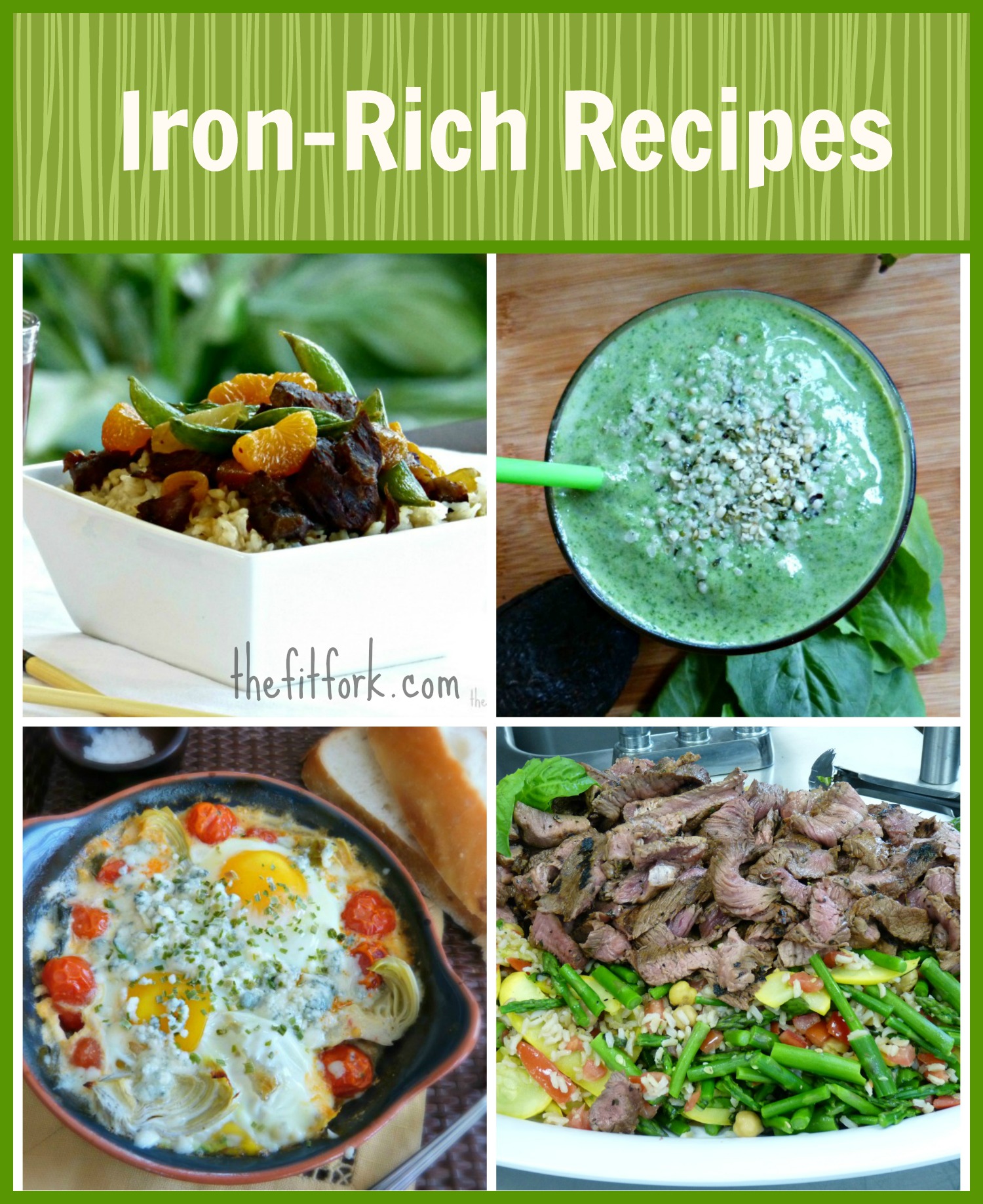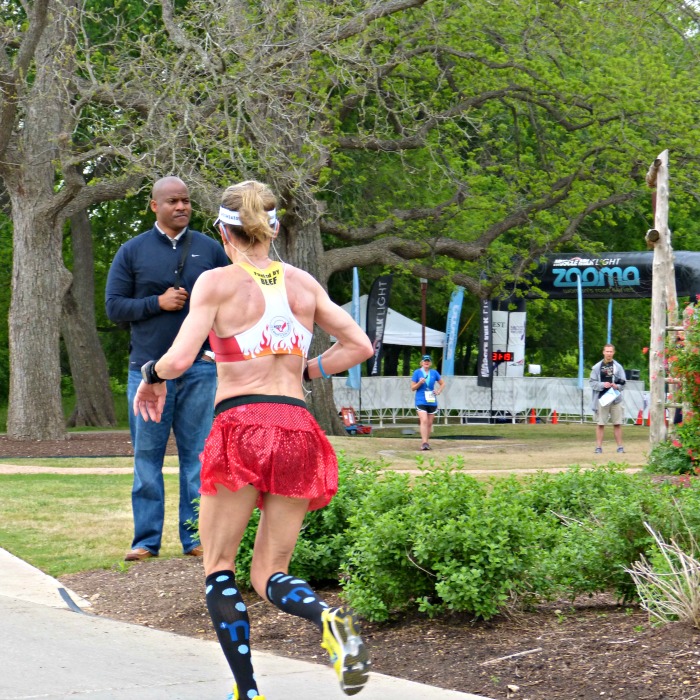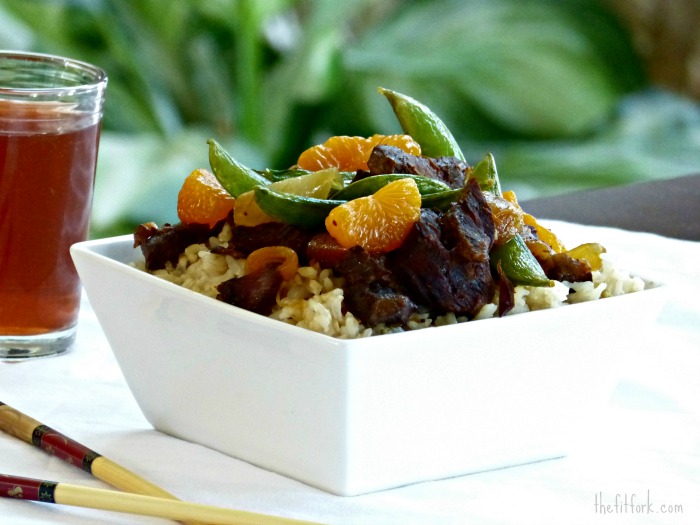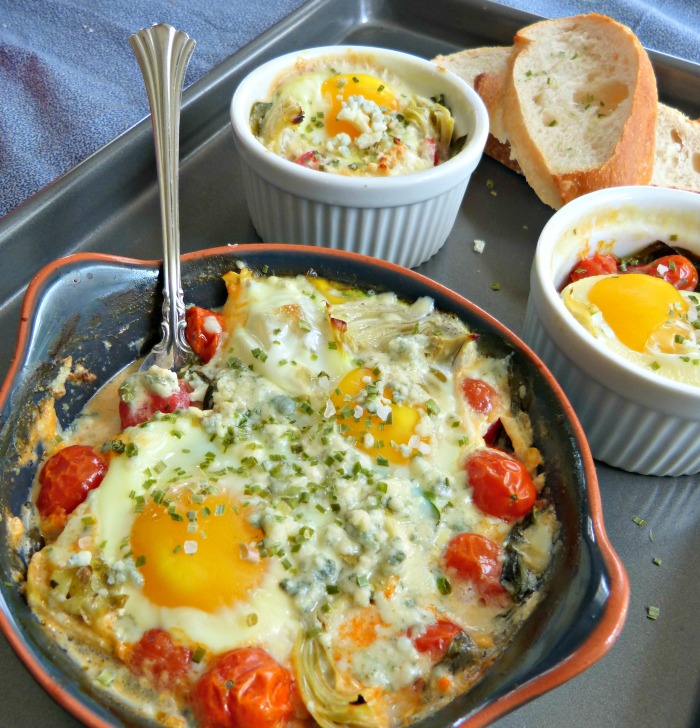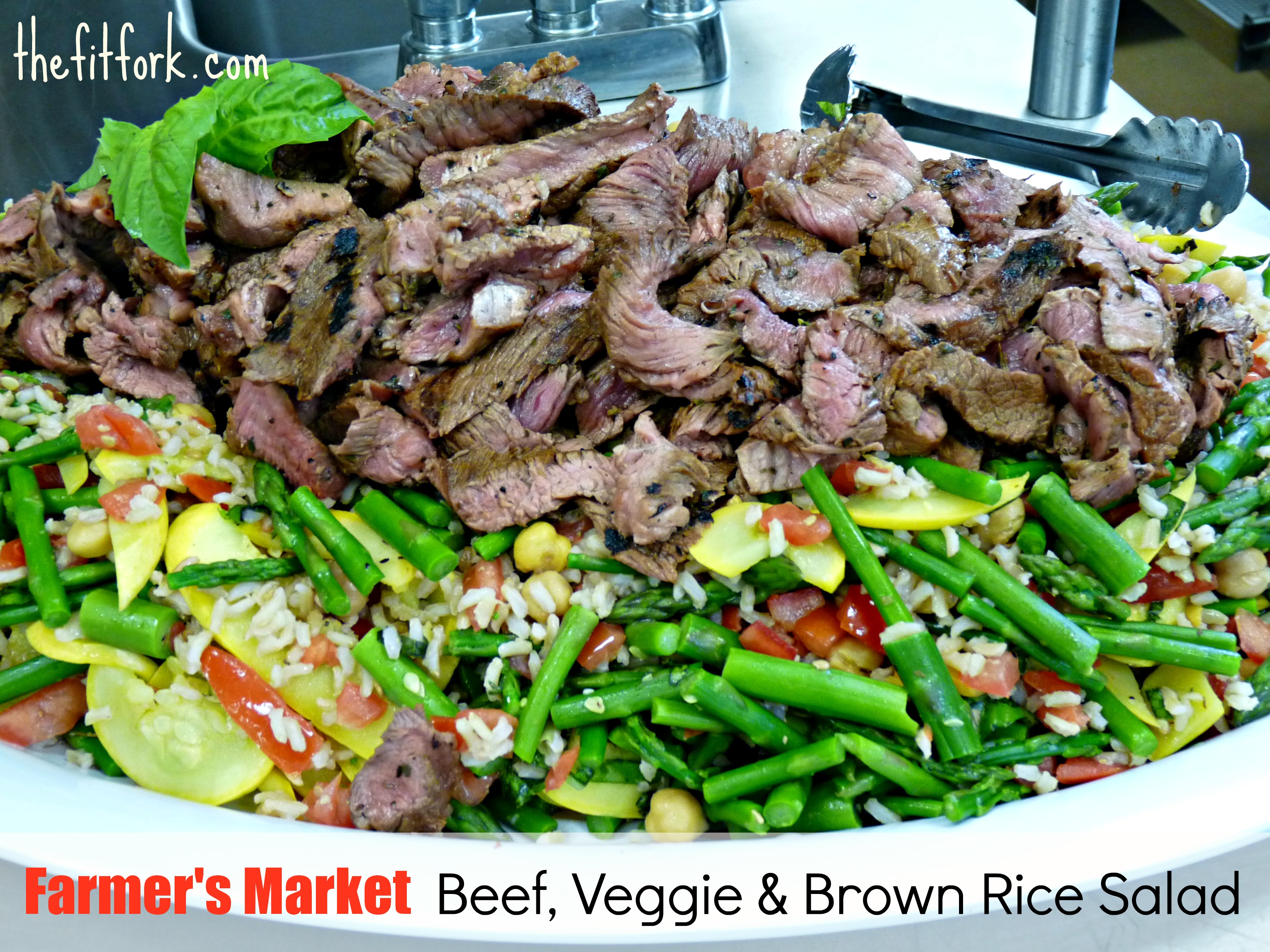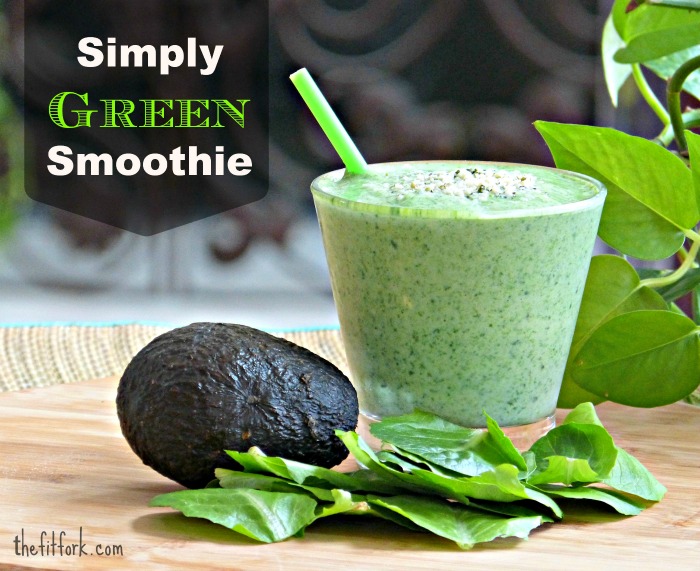It’s normal to feel tired after a long run or strenuous session in the gym, isn’t that the point?! However, if you notice increased fatigue, unexplainable muscle soreness or begin having trouble finishing workouts that were once part of your normal routine, the culprit could actually be an iron deficiency. One recent study suggested that more than half (56%) of recreational joggers and competitive runners suffer from an iron deficiency that may negatively affect performance.
As a quickie science refresher, iron is needed to replenish the constant turnover of red blood cells (at the rate of 1% a day) and to keep this troop of tiny oxygen-deliverers adequately stocked with hemoglobin. Without oxygen moving from your lungs to every part of your body via the red blood cells, organs and tissues are not able to perform as they should, let alone at the optimal capacity demanded by the rigorous training schedule of an athlete.
So, why would a seemingly healthy person, especially an athlete, find themselves battling the malaise brought on by “tired” blood? Here are some obvious and not-so-obvious reasons for iron deficiency in long distance runners and other endurance athletes.
- Diet: A diet that chronically avoids foods rich in iron may cause anemia, or at a minimum, lower than desired levels of iron. Meat, poultry, fish, eggs, dairy products, or iron-fortified foods are the best sources of iron found in food.
- Vitamin Deficiency: Vitamin B-12 and folate both play a role in red blood cell development and can cause anemia if levels are low. A diet without leafy greens, fruits and beans (for the folate) and animal products (for the b-12) can be to blame, as can autoimmune diseases and intestinal problems.
- Disease and Drugs: Some people consume adequate iron through their diet, but have absorption issues due to diseases including Crohn’s disease and Celiac disease. Certain drugs may also inhibit the absorption of iron. Consult with your doctor.
- Pregnancy & Woman Issues: Anemia is fairly common during pregnancy; a woman needs to consume enough iron for herself and her unborn child to avoid becoming depleted. Additionally, heavy menstruation and uterine fibroids can also wear away stores.
- Sweat: Because iron is a mineral that can be lost through sweat, athletes (especially in endurance events) can become depleted, especially those who perspire heavily and during the summer months.
- GI Distress: The gastro-intestinal distress, or “runner trots” that affect many athletes during and after events can cause iron deficiency through lost blood. Many are not even aware of the blood loss, as it is eventually passed as waste.
- Footstrike: Believe it or not, some research suggests that the repetitive and jarring impact of the foot to the ground during running can damage red blood cells in the foot. This “footstrike hemolysis” only reduces trace amounts of iron in the body at a single event, but can add up over time.
So what can be done to increase iron levels and fend off that feeling of fatigue? Depending on the severity, medical professionals would recommend taking supplements and increasing the consumption of iron-rich foods. If you suspect an iron deficiency, please visit with your doctor. In the meantime, be proactive by boosting the amount of iron in your diet with these foods:
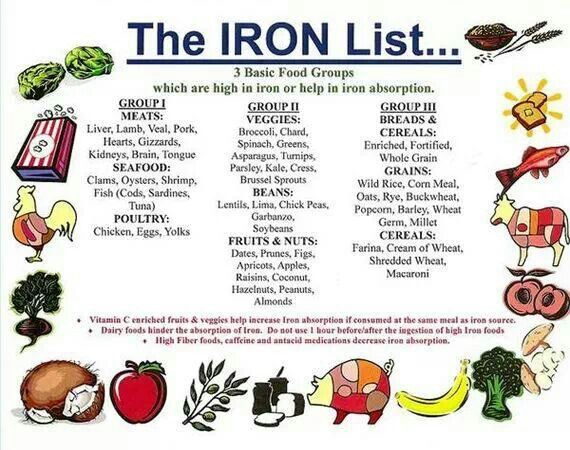
- Red meat (beef, pork, liver)
- Egg yolks
- Dark, leafy greens (spinach, collards, kale)
- Dried fruit (prunes, raisins, apricots)
- Iron-enriched cereals and grains (read the labels)
- Mollusks (oysters, clams, scallops)
- Fish (tuna, cod, sardine)
- Turkey or chicken giblets
- Beans, lentils, chick peas and soybeans
- Artichokes
Tips:
Combine with vitamin C. Iron absorption is increased when paired with foods loaded in vitamin C. Toss papaya, bell peppers, strawberries, broccoli, oranges, kiwi, pineapple and even cauliflower into your iron-rich recipes; they are all very high in vitamin C.
Pair with protein. Protein helps release the iron contained in beans, so serve them with beef, chicken, tofu, or fish (for example, beef chili with kidney beans).
Cook in cast iron! Research has shown that the iron content of food prepared in cast-iron was 2 to 12 times higher than foods cooked in other types of pots. Acidic, high-moisture foods (like spaghetti sauce) have the highest levels of desirable leached iron.
Keep iron and calcium apart: As much as possible, try to eat iron rich foods at a different time than calcium rich foods — calcium can inhibit the absorption. So, for example, don’t eat a steak and wash it down with a glass of milk. If you take supplements, do the calcium in the morning and the iron at night, or vice versa. Thank you to Runnng Hutch at Matters of Course for reminding me of this tip.
Iron-Rich Recipe Ideas:
Orange Sugar Snap Pea Beef – You’ll never tire (literally) of this beef slow-cooker dinner thanks to the spicy citrus sauce and orange slices.
Artichoke Spinach & Blue Cheese Baked Eggs – Artichoke, spinach and egg yolks makes this breakfast the best!
Farmer’s Market Beef & Brown Rice Salad – High-iron beef unlocks even more iron in chickpeas, plus vitamin C veggies – it’s a three-way winner!
Simple Green Smoothie – The spinach and hemp seed smoothie will kick up iron consumption for vegans and vegetarians.
What is your favorite iron-rich food? Have you ever been diagnosed as anemic?

